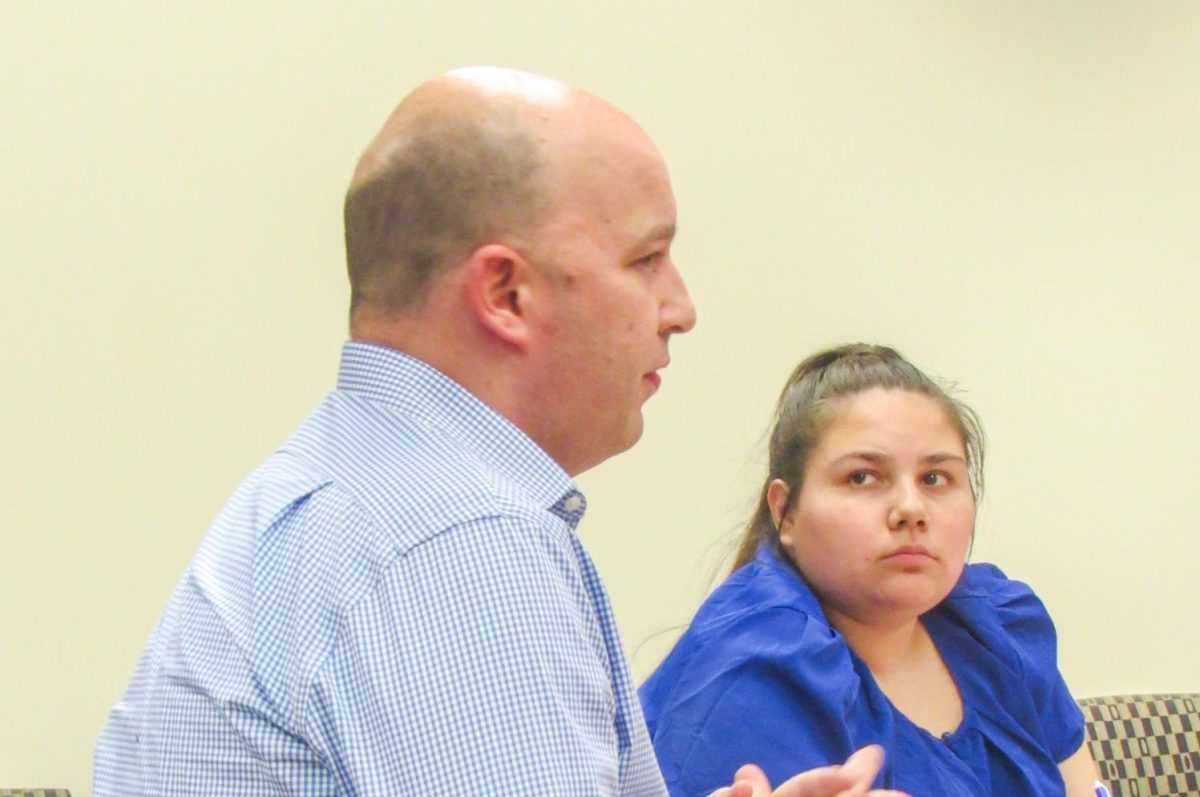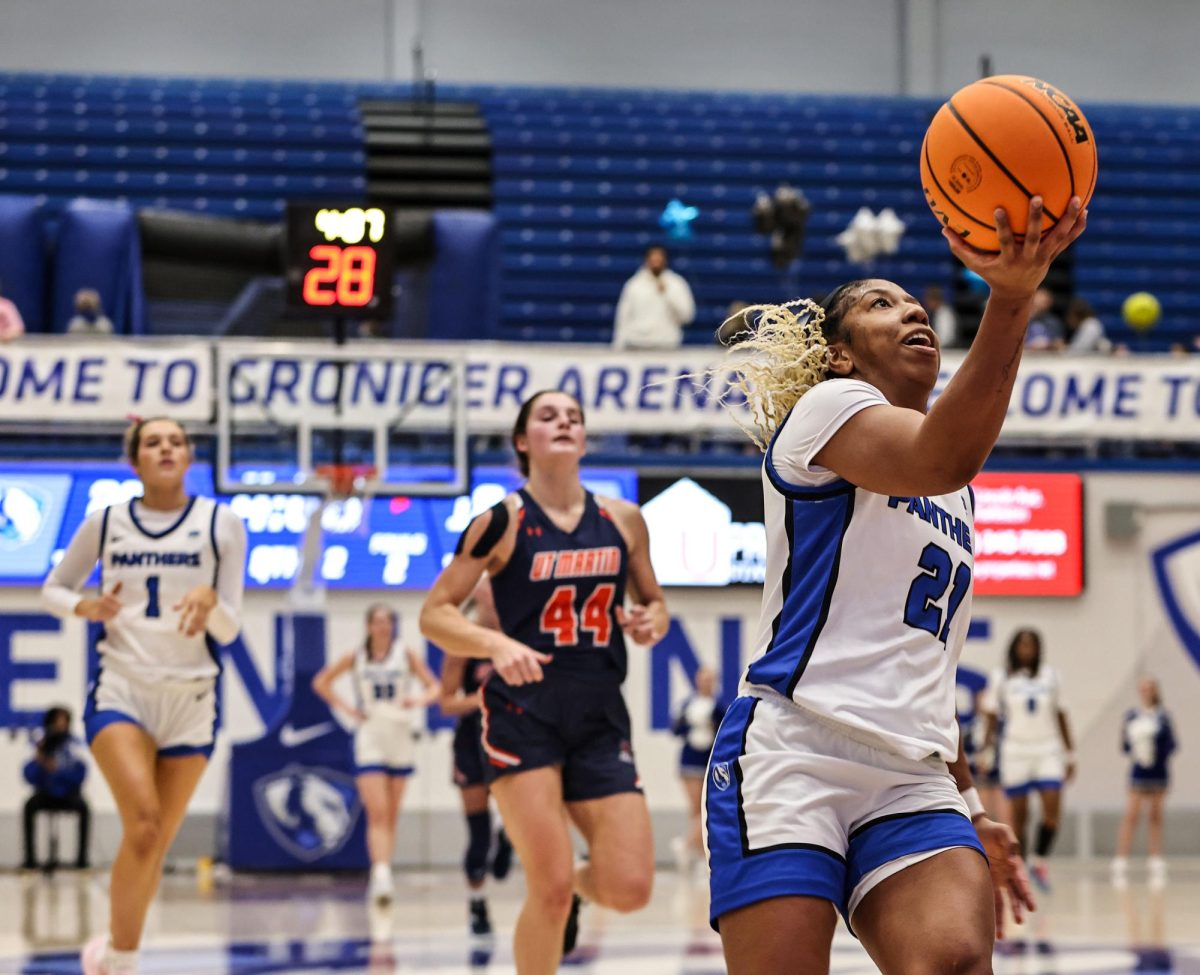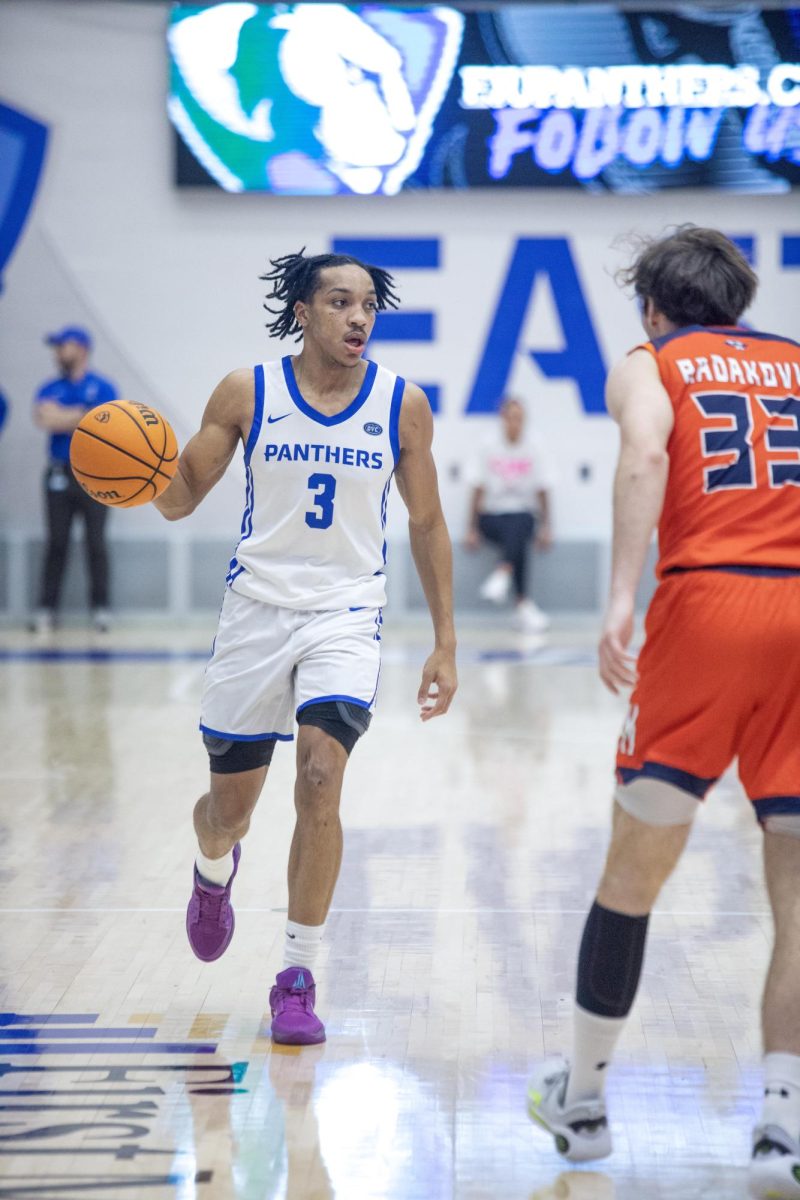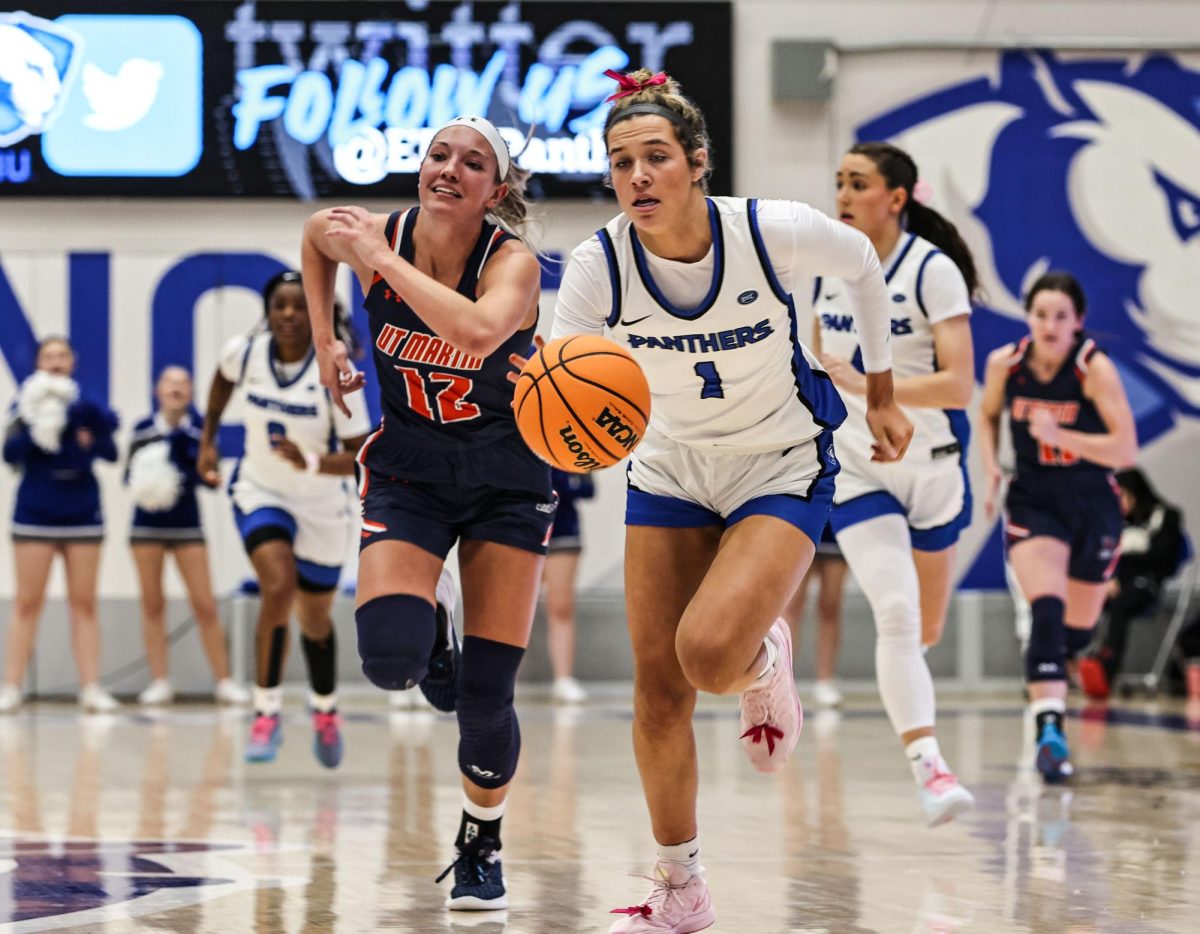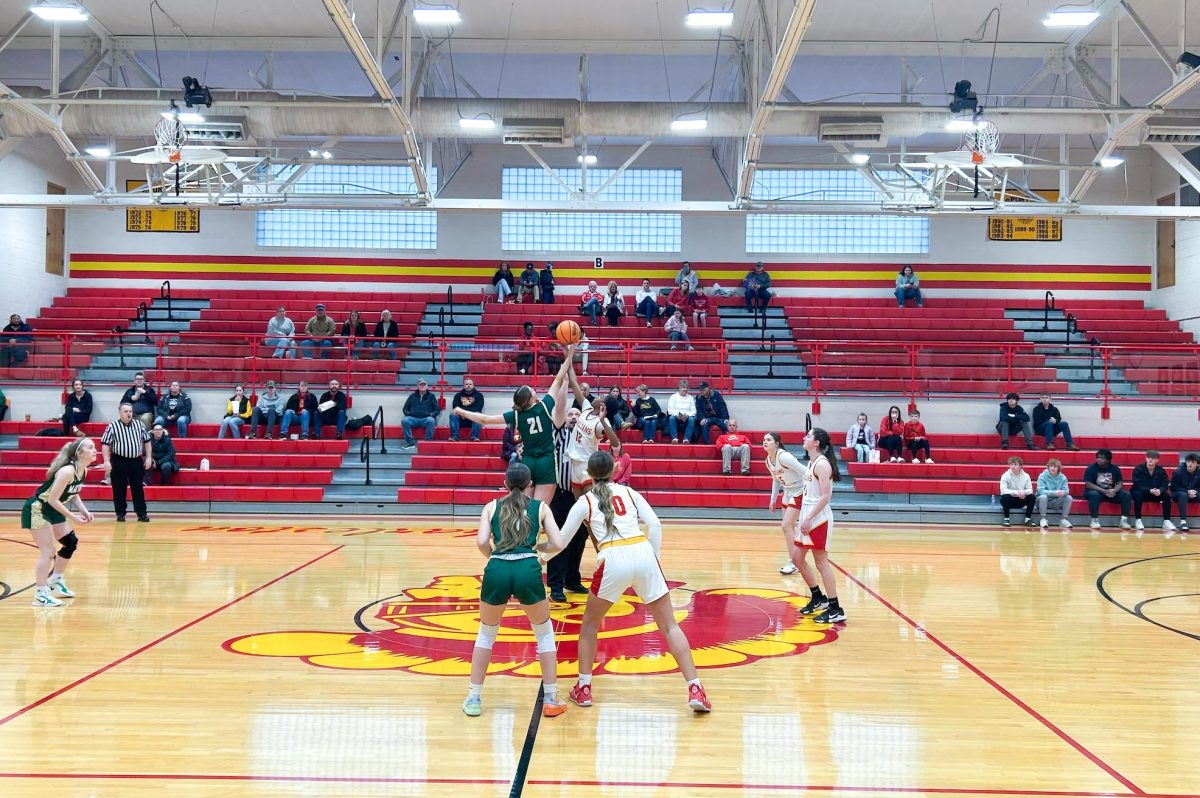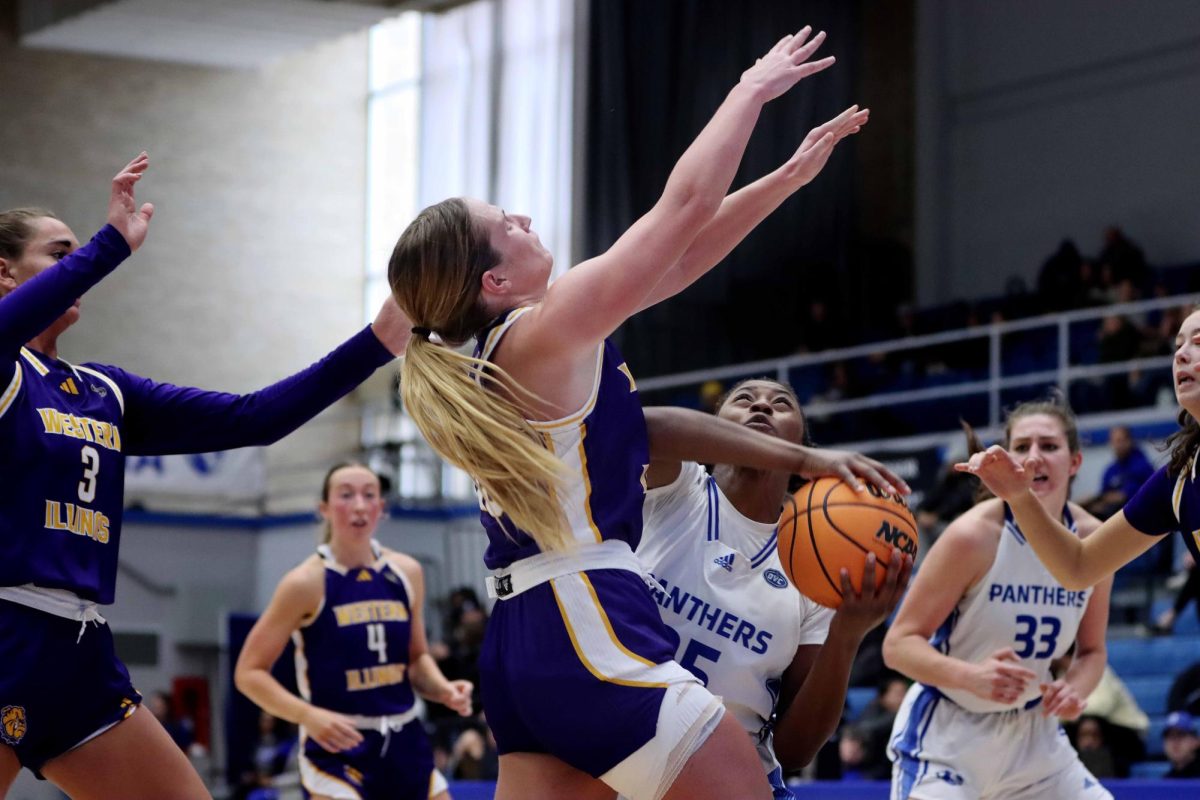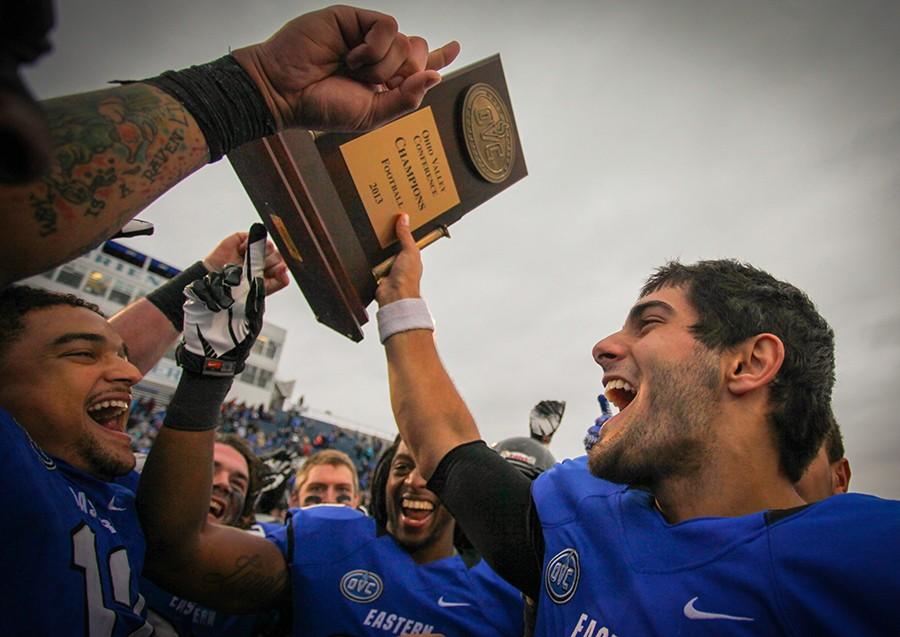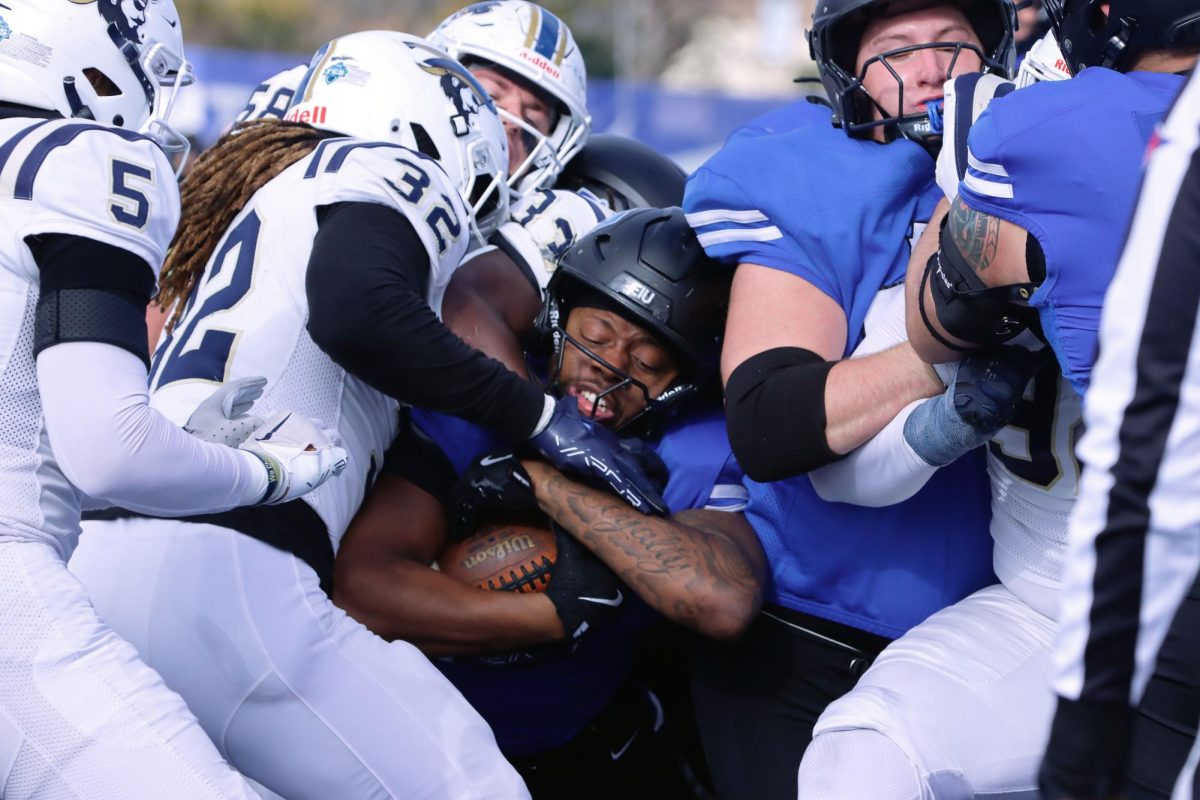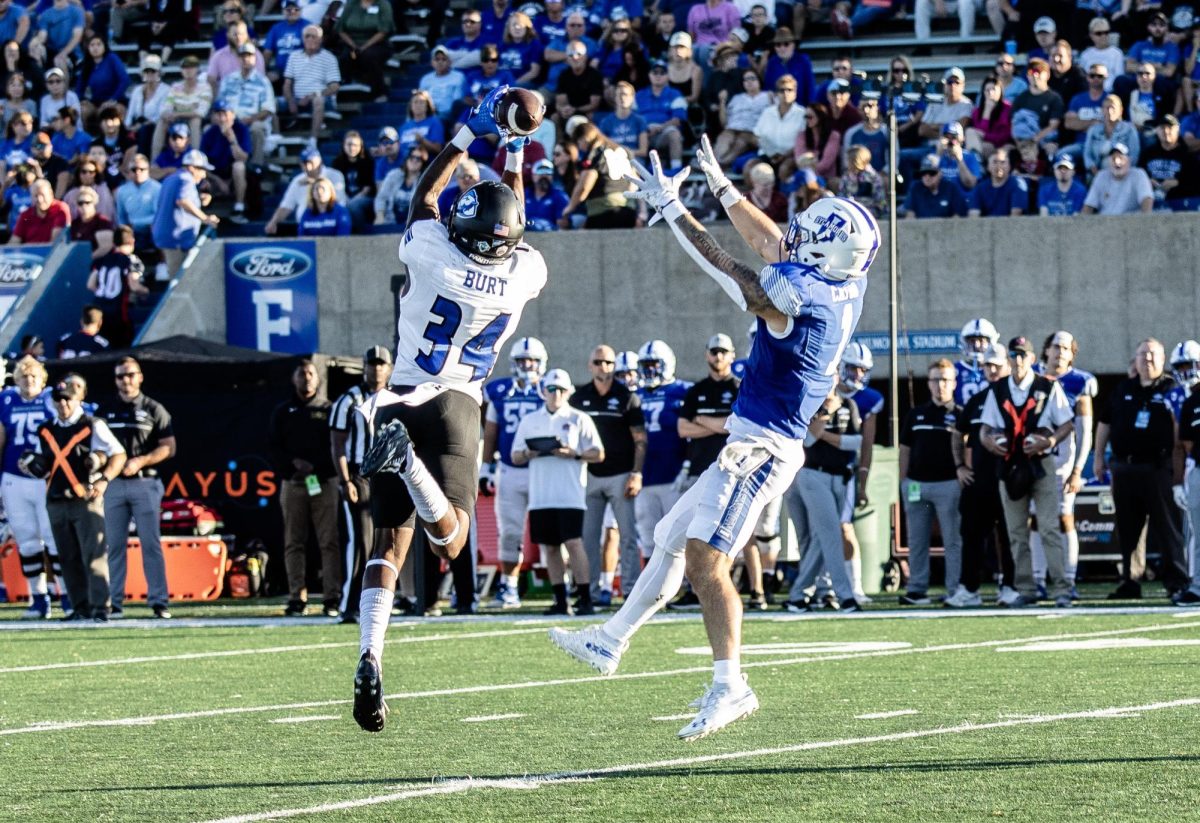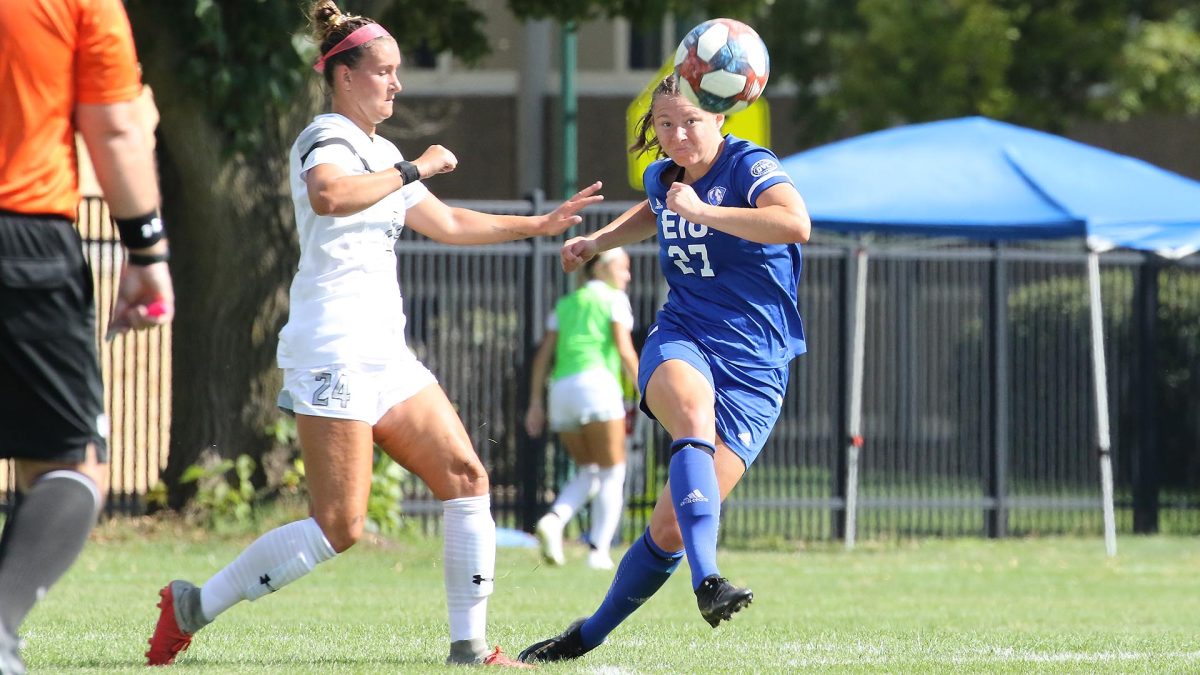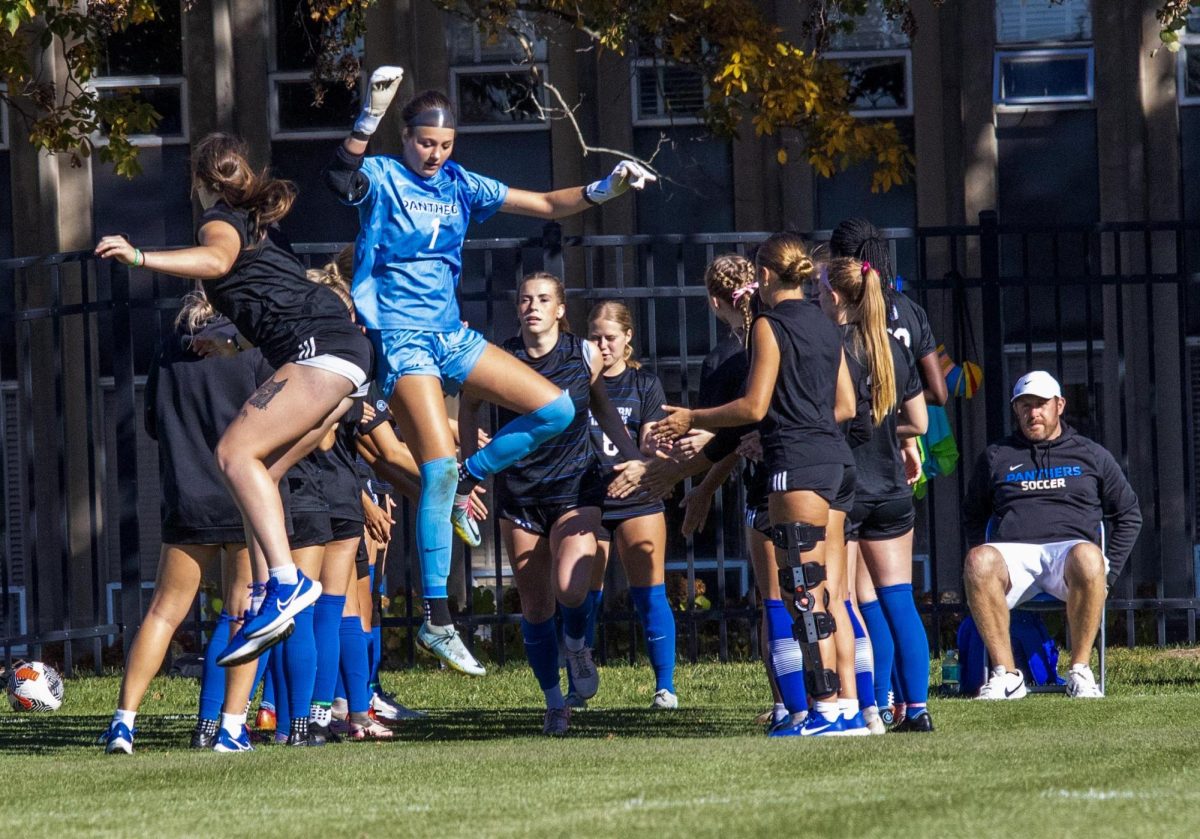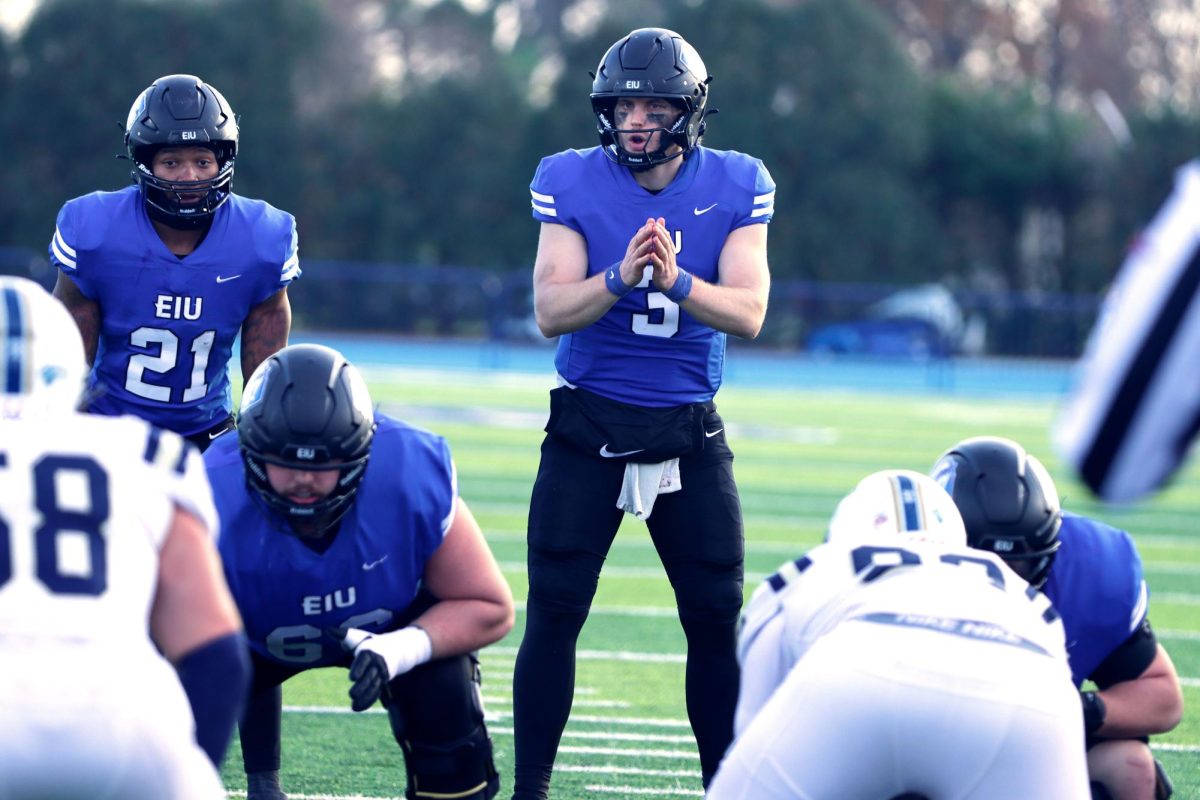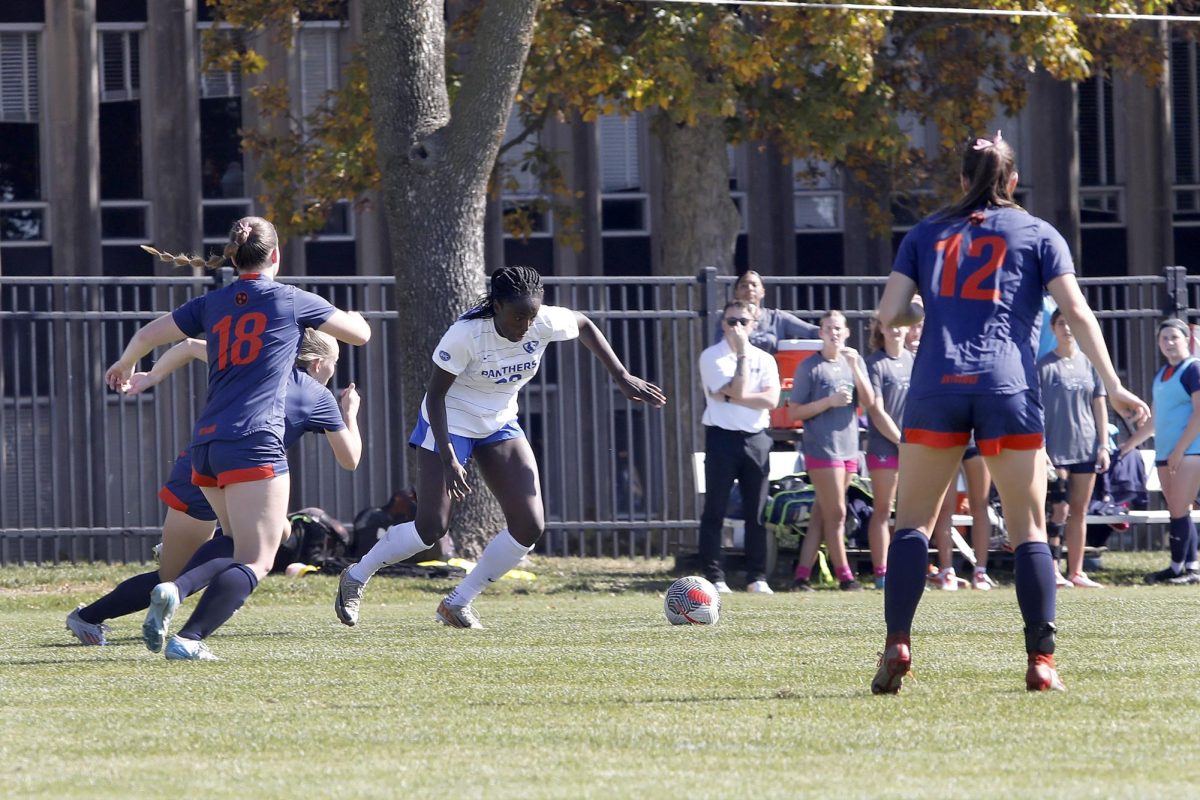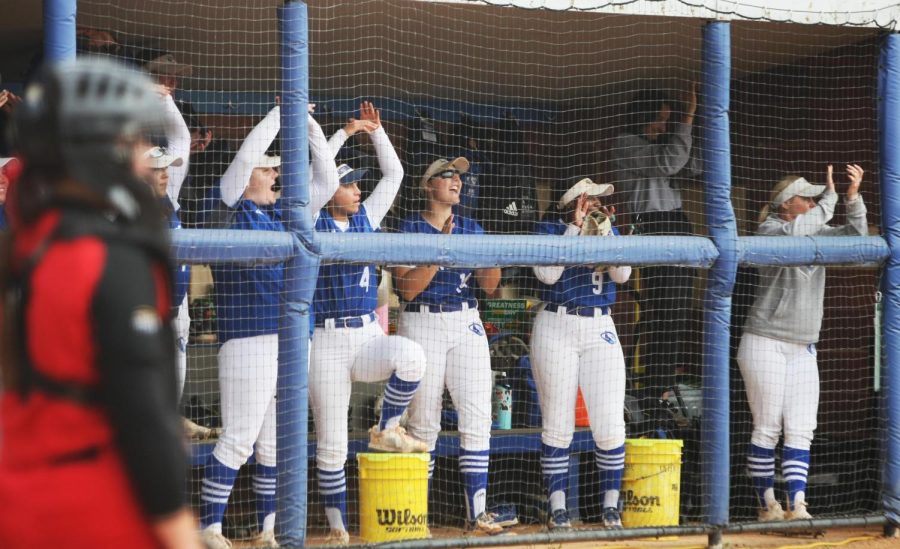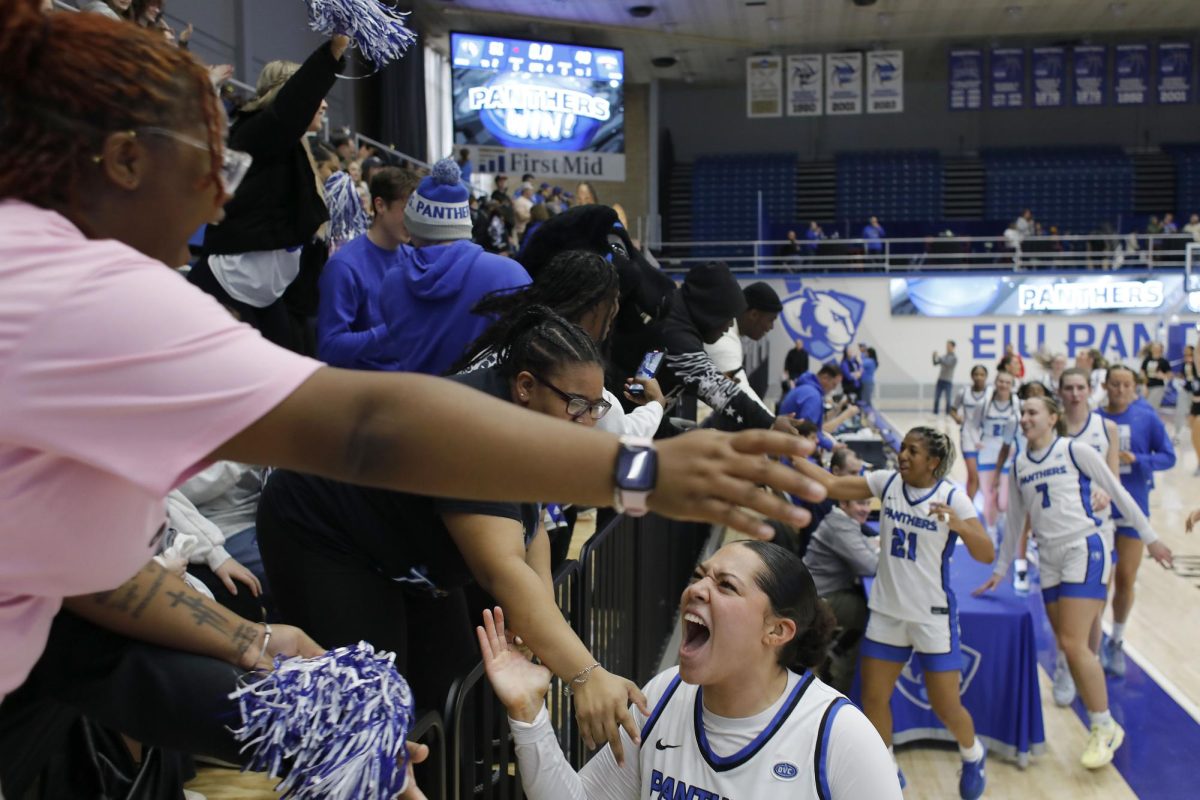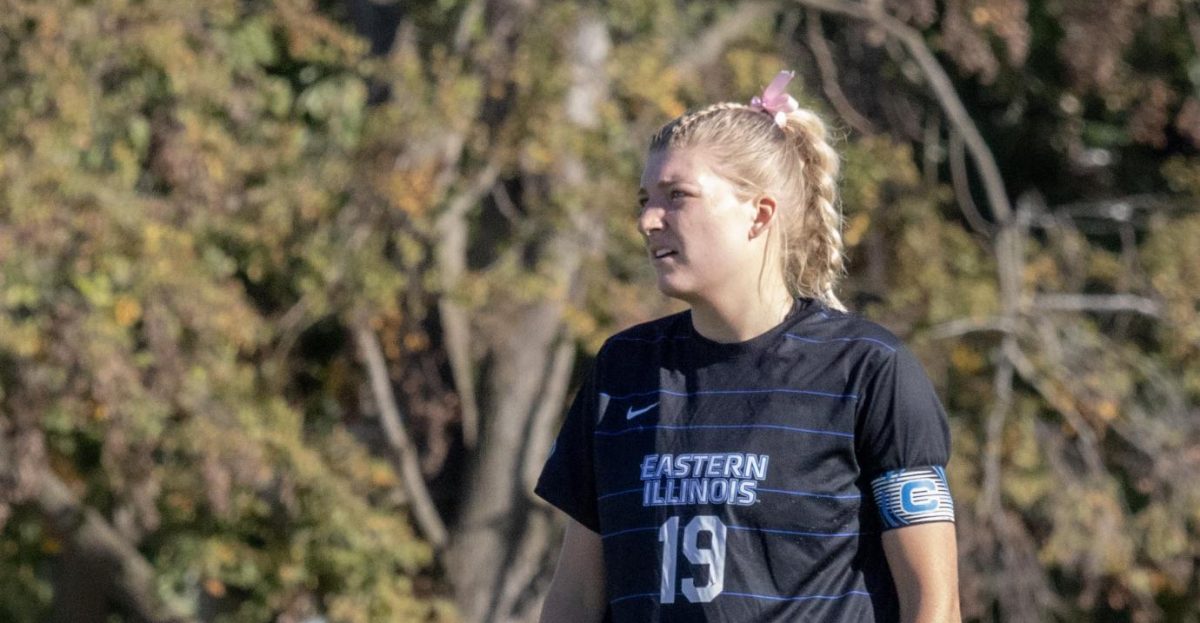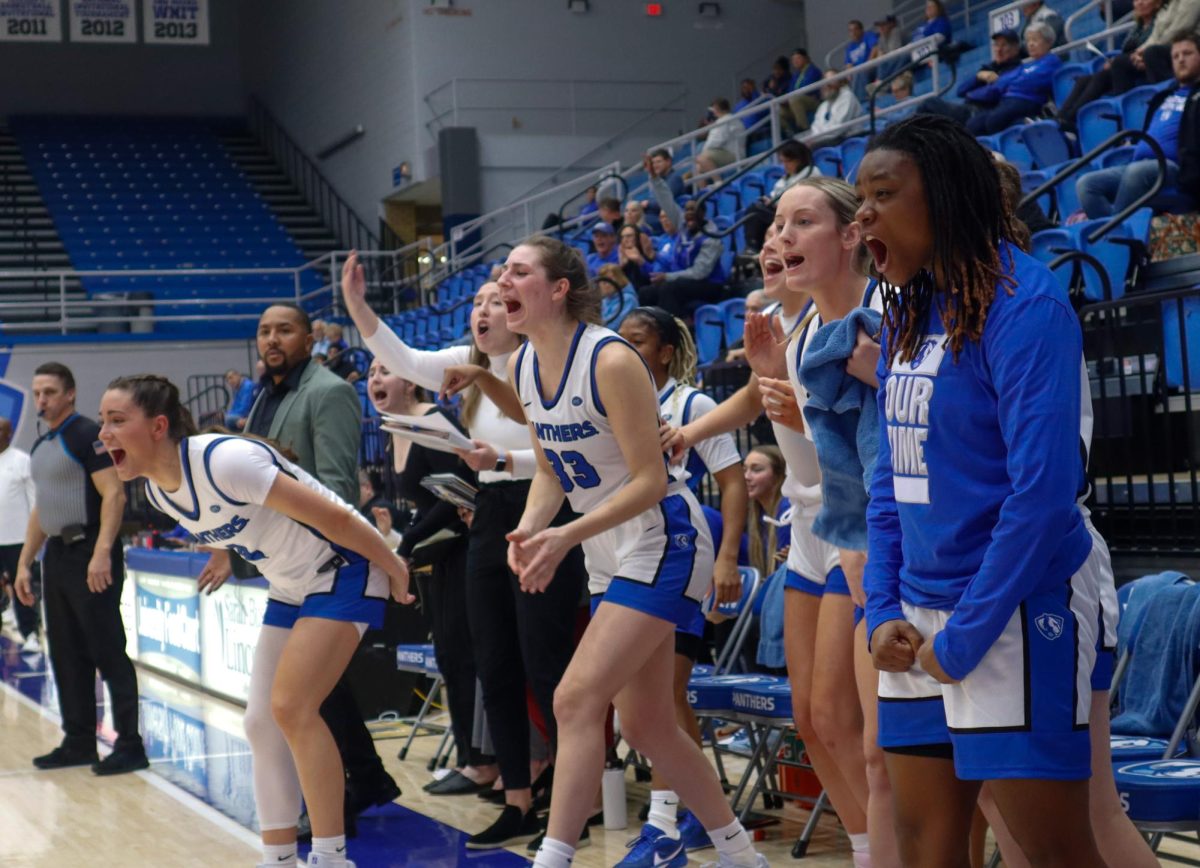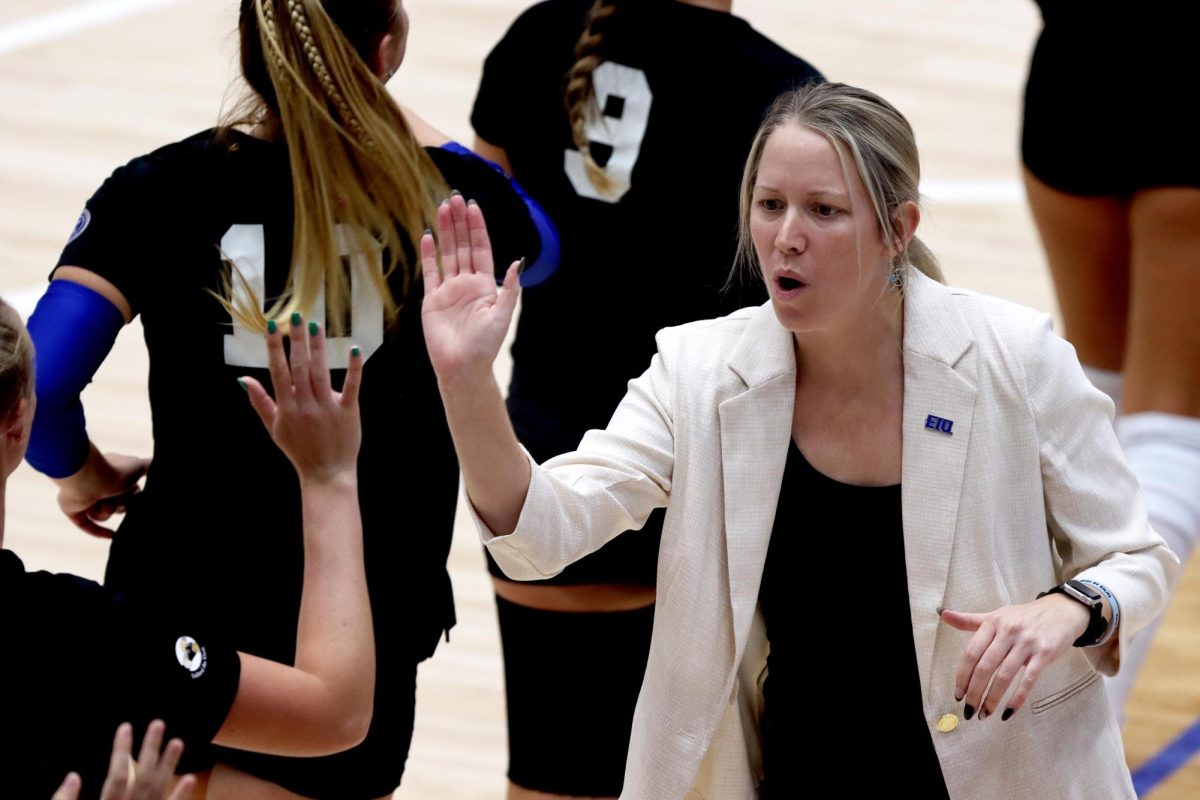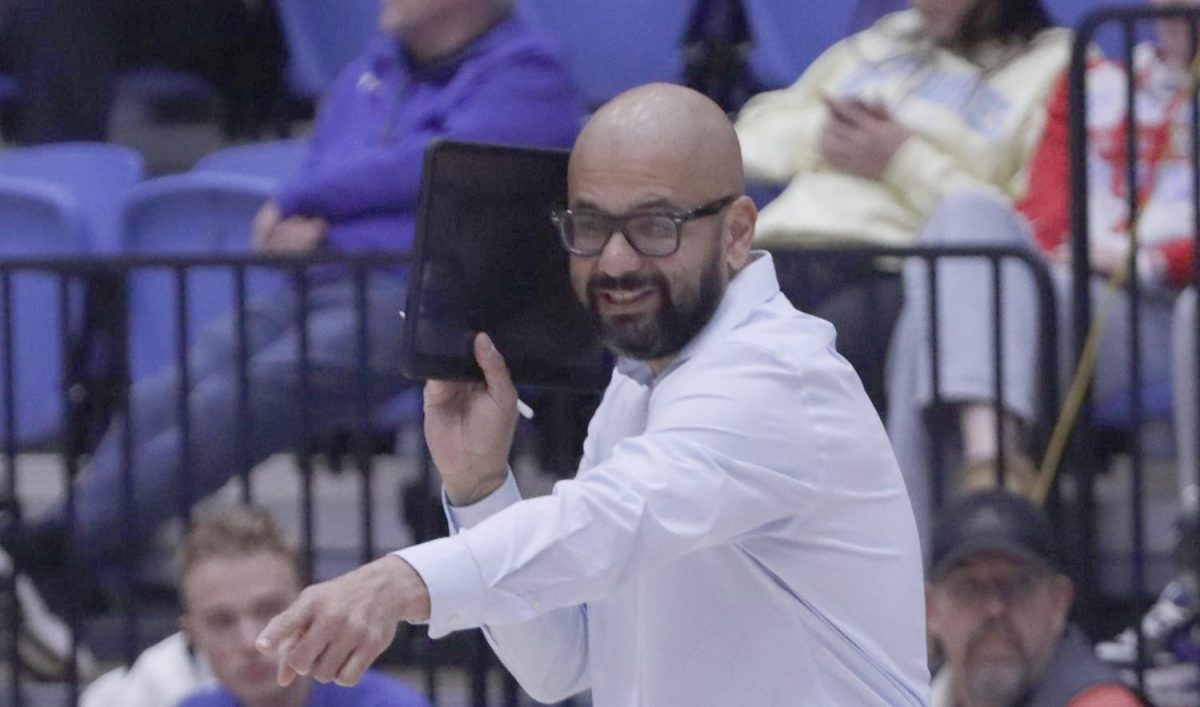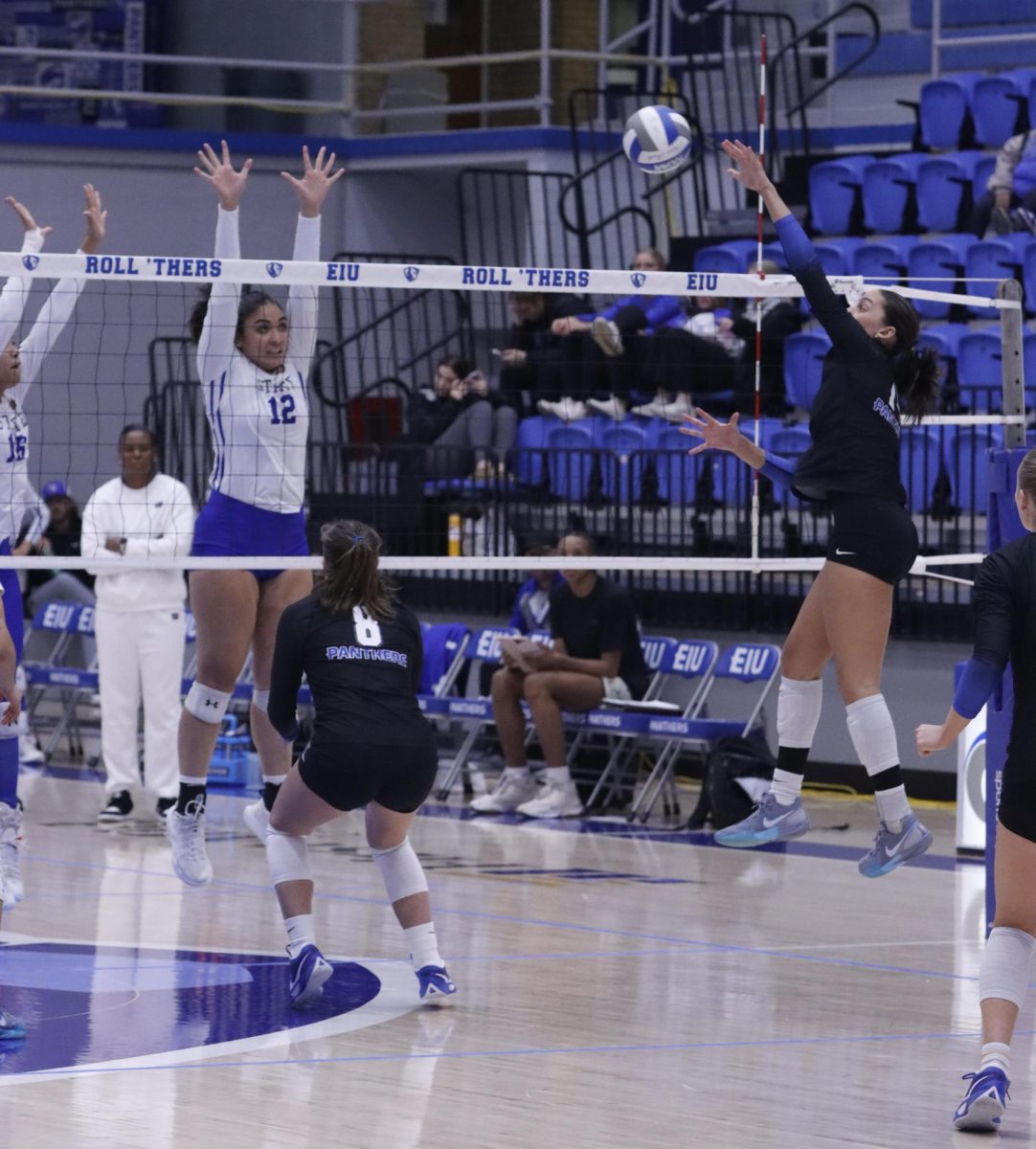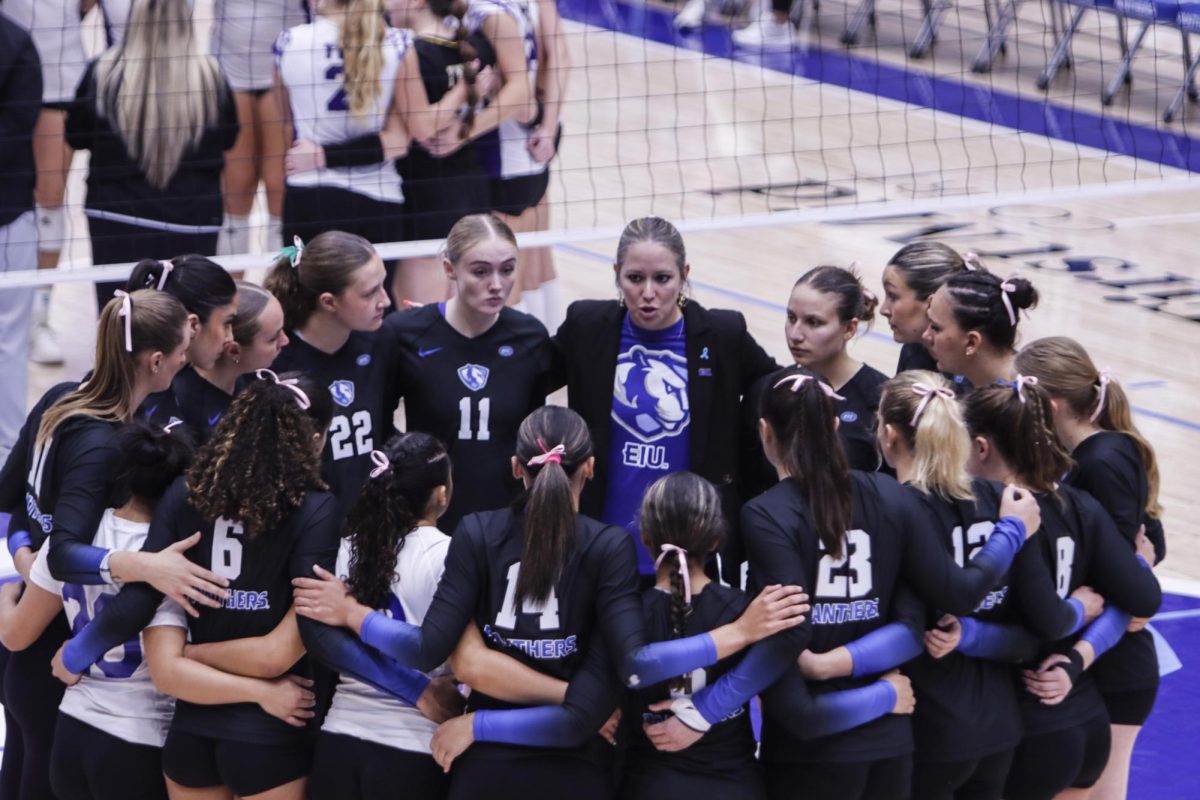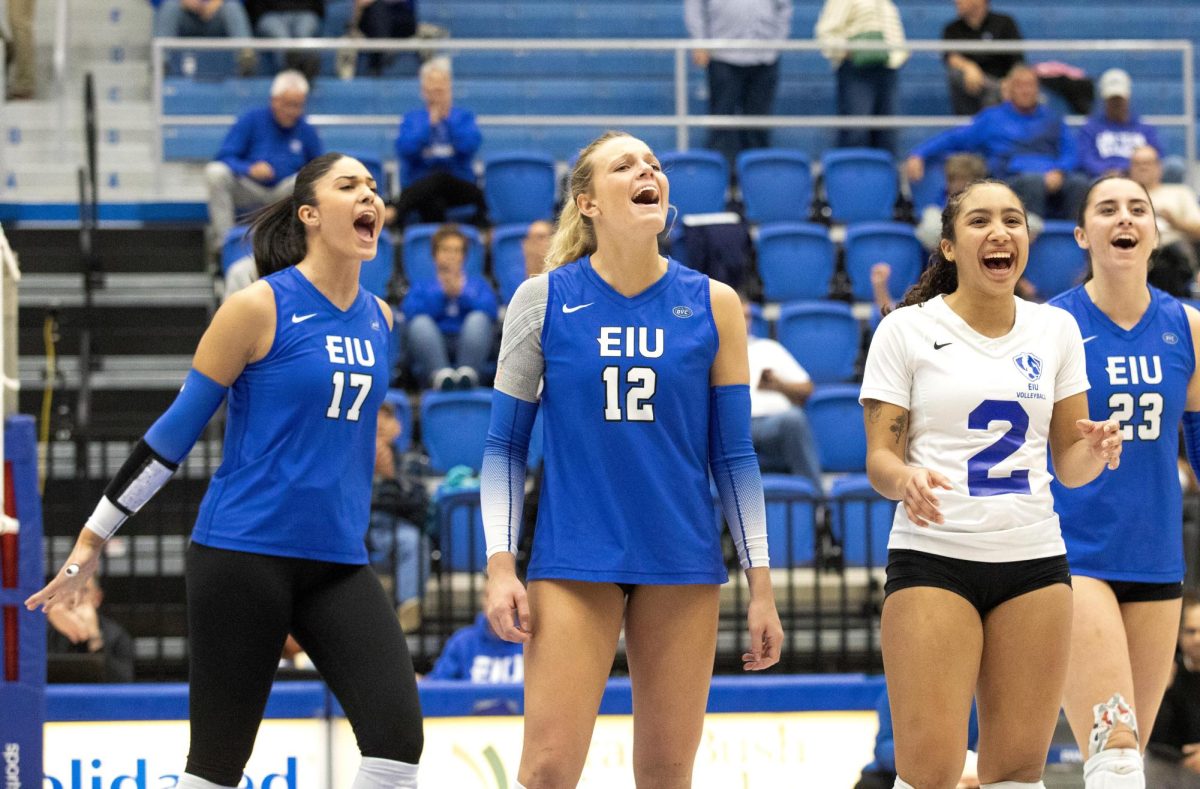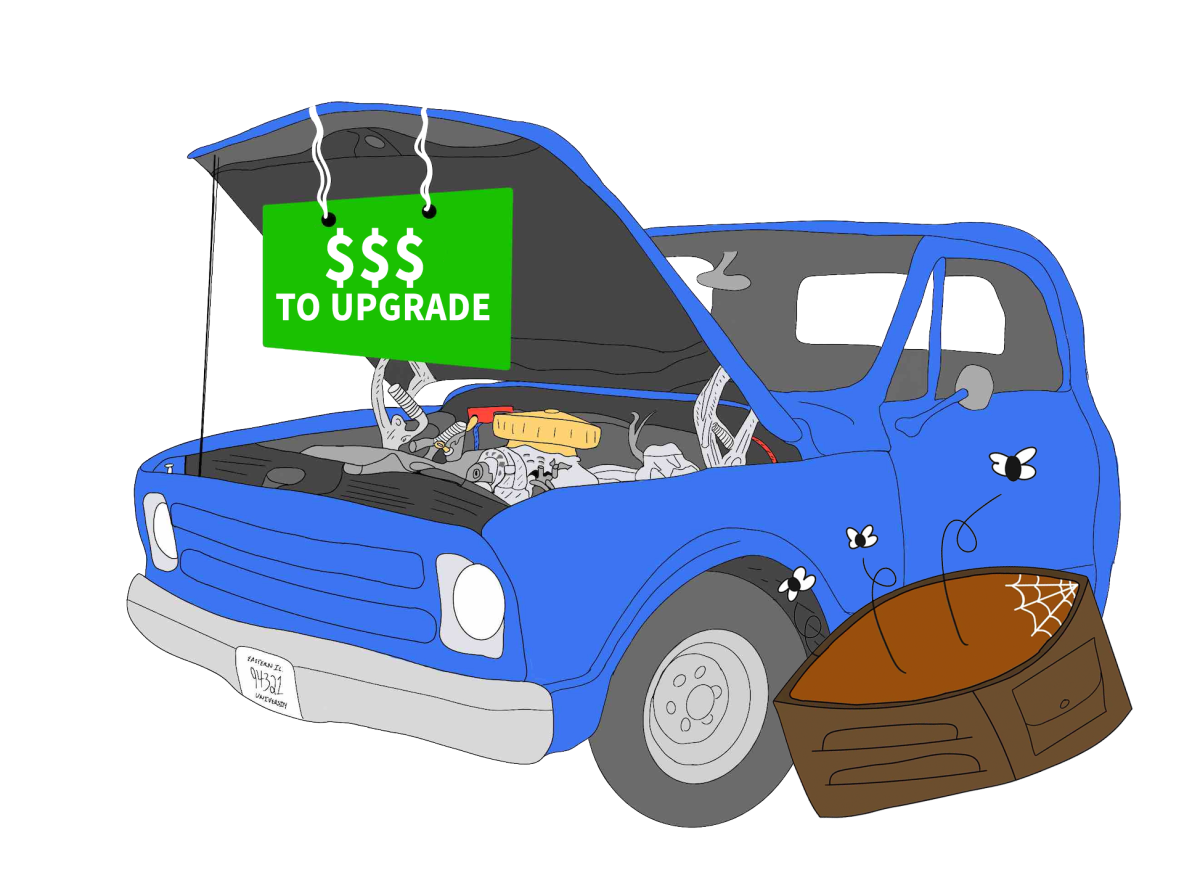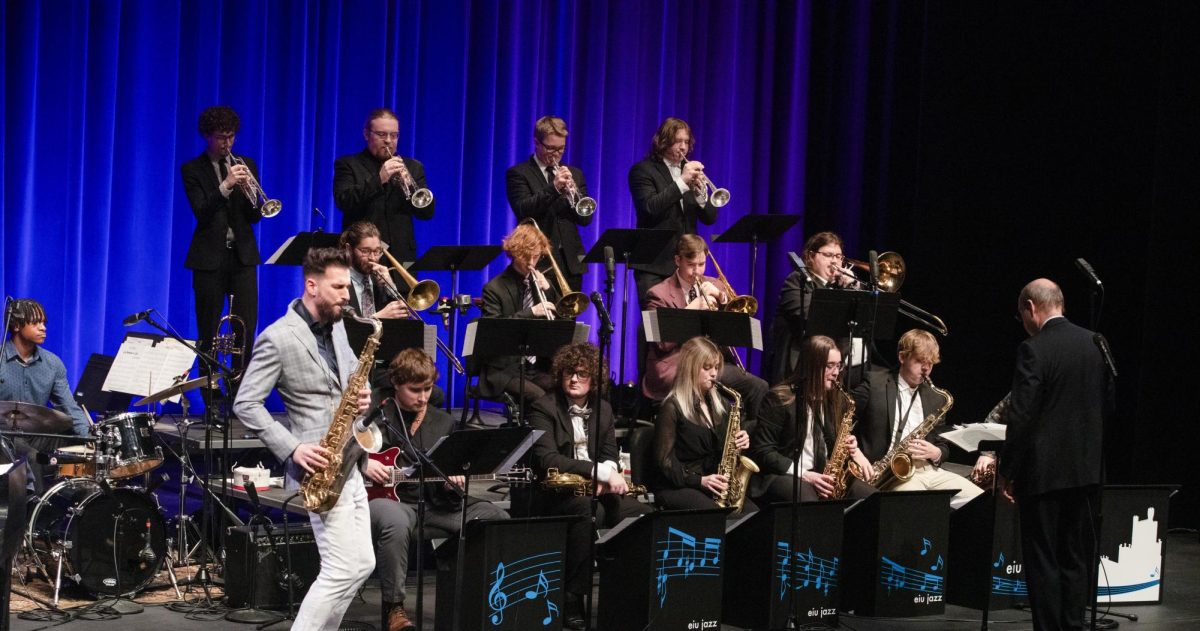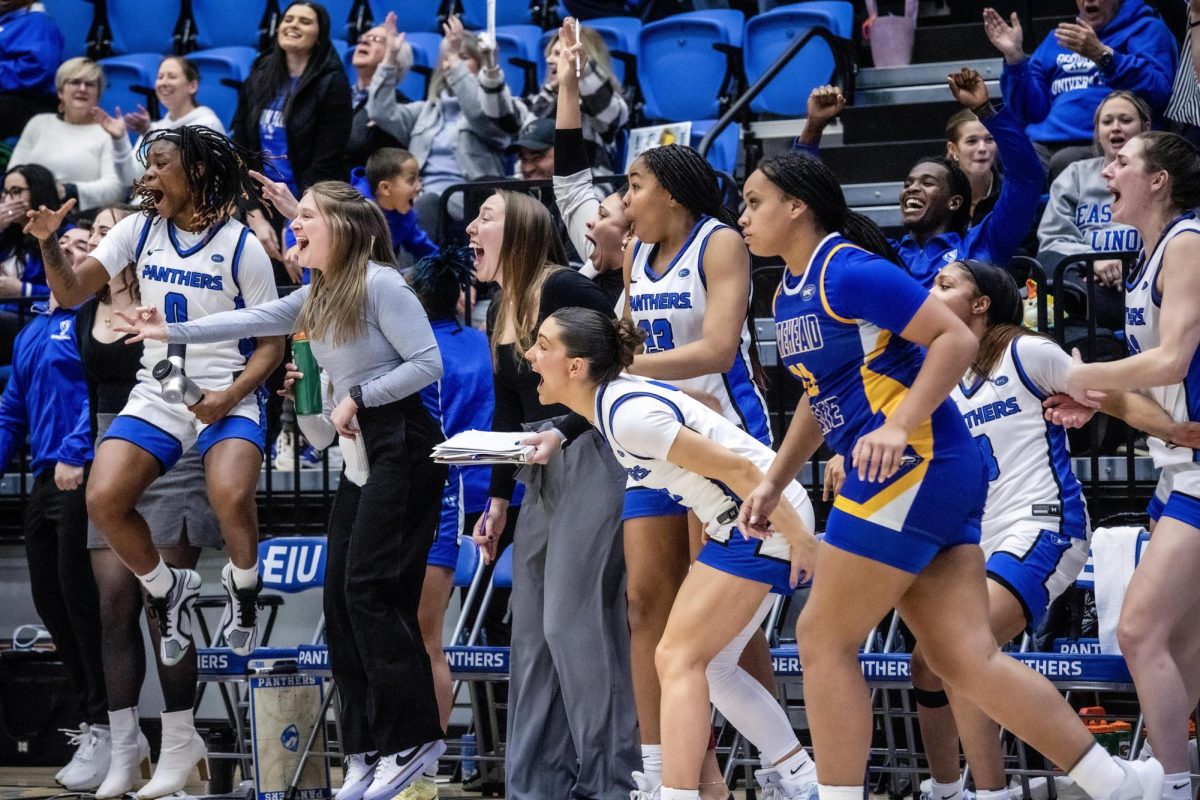Telling stories is a big deal to me. I am an English major after all.
So, when I saw the TV show “Arcane,” a Netflix original whose story was based on the game League of Legends, I loved it. It was one of my favorite pieces of media that I had ever watched; It even got me to play the game.
Yet, I was both surprised and disappointed after the show’s ending, which happened in November.
An article by Bloomberg came out that claimed that, while “Arcane” had succeeded critically—not a single episode dipped under an 8.5 rating on IMDB– and was insanely popular—being what Dexerto called the number one show in 60 different countries on Netflix, it had failed in what Riot Games, the makers of League of Legends, wanted the series to do: draw people to play the game.
If you have ever played League of Legends, you would understand why it has problems bringing people in.
To keep it simple, it has two major problems: gameplay and community.
The first and probably the most glaring problem when you are a new player is that the game is freakishly hard.
League of Legends is a multiplayer online battle arena game. It is a five versus five format that has multiple different characters, playable in multiple different ways. The map has three lanes with spaces in between those lanes where players fight.
MOBAs are known for their slower pace, high difficulty and even higher skill ceilings. To make it short and sweet, it is nearly impossible to get into this game even though it is free.
Another major problem that new players face when getting into the game is the toxicity from community members, according to eSports news UK.
As someone who has been in the video game space my entire life, many have told me that they will never play League of Legends because of how toxic it is. I thought the same before I started playing, and even now I still think these problems ring true.
But the toxicity is not a big deal for Riot. League of Legends is one of the most played video games of all time.
With multiple ways of monetization in the game whether it be buying skins for different characters in the game or icons for your profile, the game has a lot of ways to get money from players despite the free tagline. In 2017, League of Legends made the most since its inception, grossing about $2.1 billion, according to Priori Data.
“Arcane” itself cost 250 million dollars for both of the seasons, according to Fiction Horizon.
When I finished the Bloomberg article and went on with my day and even started to plan and write out this article, some good news crossed my ears.
A response, from Marc Merrill, the co-founder of Riot Games, in a Reddit post on the official League of Legends subreddit. He spoke about what Riot’s goals were as a company and what they wanted to do when they made “Arcane.”
“These people think we make things like Arcane to sell skins, when in reality we sell skins to make things like Arcane,” he said.
This is almost the perfect reality, the best timeline or whatever other lingo you want to use to describe this as a good outcome.
But what would happen if this wasn’t what would have happened to “Arcane?”
Well, sadly you don’t even have to look that far on Netflix to find two major examples: “Inside Job” by Shion Takeuchi and “Arrested Development” by Mitchell Hurwitz.
“Inside Job” was a Netflix original adult comedy cartoon that was created by many of the same minds who were behind hit Disney show “Gravity Falls.”
“Inside Job” has two seasons with the first racking up 21,240,000 hours of watchtime in its first week, according to Game Rant. The first season of the show is only about 4 hours and 45 minutes in total.
It wasn’t a critical success ratings-wise, boasting 79% on Rotten Tomatoes, but it still had a wide audience. That did not stop it from getting canceled after its second season, leaving on a cliffhanger that will never be answered.
“Arrested Development,” 2003-2006 and 2013-2019, is an even weirder case.
The show was a critical success when it came to awards with the show getting nominated for 80 different awards and winning 30 of them. But it had one key flaw in the eyes of Fox in its original run: viewership ratings, Screen Rant said.
Fox tried its hardest to get people to watch the show, ping-ponging it between time slots. But in the end, it wasn’t enough. Every season the number of episodes was cut down until Fox finally canceled the show in 2006.
The final four episodes had so little faith put into them that they aired at the same time as the Winter Olympics that year. So why is it that when “Arrested Development” is talked about now, there are talks of a fourth and fifth season?
Well because “Arrested Development” got what any show would hope to get after its cancellation: a cult following.
With this development, haha, the show was picked up by Netflix and given two new seasons seven years after the show was canceled. While these two seasons are seen differently throughout the eyes of the fandom when it comes to quality, it is still good to see a proper ending.
The entertainment system is a volatile business; only the most ruthless survive. I understand that all things need to make money.
But when the strive for profit is taken to its most extreme at what cost does that come?
Last summer, animators and video game workers went on strike. While many different problems influenced these strikes there is one major threat looming over every single one of these workers: Getting cut out of their projects and passions.
It may be AI learning how to replicate the work of humans or someone else offering to be paid less for more time. But what’s the answer? Is there a light at the end of the tunnel? Well, there isn’t any way to tell, but we can make the chances better.
Support animators and other workers when they strike. Watch TV shows or any other entertainment medium that is a bit outside your comfort zone. If you hear that some piece of media is winning awards like there is no tomorrow, support it.
We as humans are creatives. Let people create.
Emerson Reynolds can be reached at 581-2812 or at etreynolds@eiu.edu.



